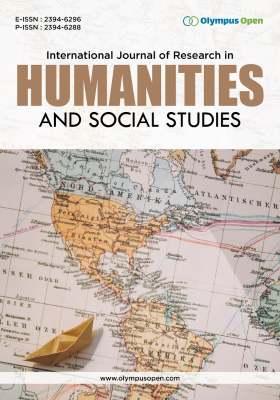A Comparative Study of the Structure of Sesotho and siSwati Forms Used in Whatsapp Chats
DOI:
https://doi.org/10.62557/2394-6296.110302Keywords:
WhatsApp forms, chats, Sesotho, siSwati, words, phrases, structureAbstract
Social media platforms like WhatsApp have introduced new communication styles, including the use of informal abbreviations and shortened phrases. This study investigated how this trend has affected Sesotho and siSwati languages. Specifically, the paper explored the types of short forms used by Sesotho and siSwati speakers in WhatsApp, as well as whether such platforms could influence the structural aspects of the two languages. Using text analysis as a research instrument, the study analysed short forms used in WhatsApp messages from two demographics in each language: 20-34-year-old young adults and 35-60-year-old adults. The sample for this study was constituted by the selected university student groups with younger demographics, and that of the adults represented by church and local residents’ groups. For a gender variable, each group included both males and females. Based on the communicative approach, the analysis revealed that Sesotho and siSwati speakers used short, single-word, phrasal and sentential forms in their chats of the social media. Interestingly, both languages shared certain characteristics, while others were unique to each language. Shared forms included consonant clusters, letter and number combinations and prefix omissions, with the youth, more frequently than adults, reportedly using such shortcuts. The study would, therefore, conclude that WhatsApp communication styles likely influence Sesotho and siSwati, potentially leading to the integration of some short forms into the orthographic systems of the two languages.
Downloads
Downloads
Published
Issue
Section
License
Copyright (c) 2024 Author(s)

This work is licensed under a Creative Commons Attribution-NonCommercial 4.0 International License.

